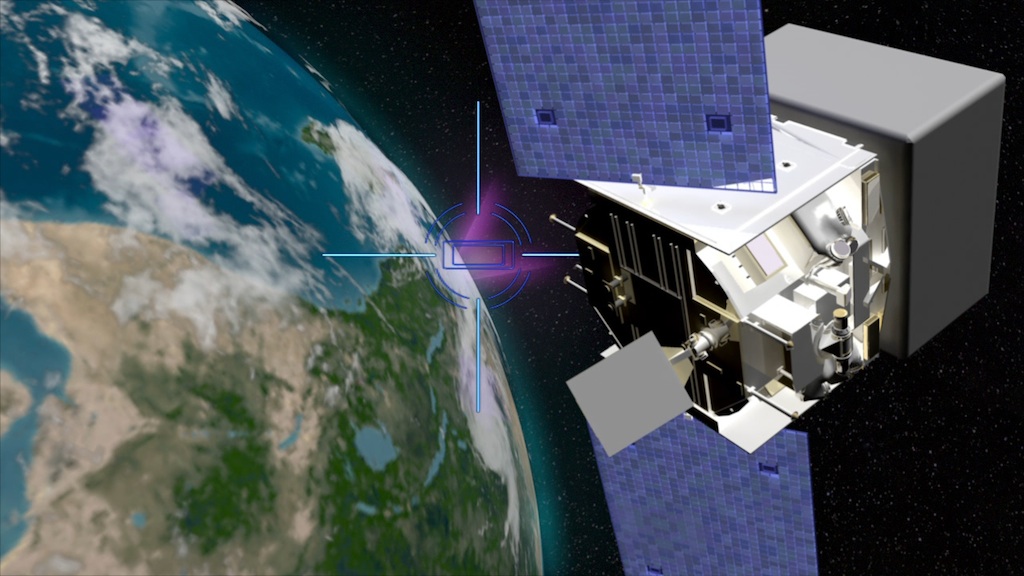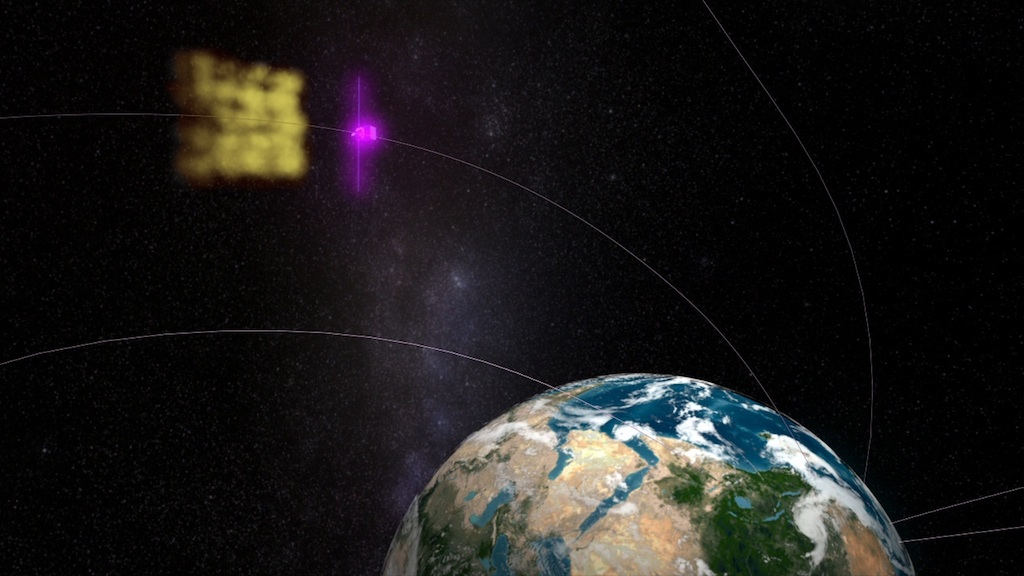Earth
Universe
ID: 10900

Thunderstorms produce more than just lightning. As these powerful storms roll over Earth, their electric fields can eject a burst of gamma rays known as a terrestrial gamma-ray flash. And now scientists have discovered that these flashes also create the asymmetrical opposite of matter—antimatter. NASA's Fermi Gamma-ray Space Telescope was designed to monitor gamma rays, the highest-energy form of light, in outer space. But it also observes these flashes from thunderstorms. In 2009, Fermi detected gamma rays from a thunderstorm that was located well beyond the horizon from where it could directly observe the storm. So where did the rays come from? When antimatter collides with matter, the particles annihilate and emit gamma rays. This means the gamma rays detected by Fermi could only have come from an antimatter collision with the spacecraft itself, providing the first-ever clue that these Earth-bound storms can send antimatter into space. In the videos below, see a map of terrestrial gamma-ray flashes detected by Fermi and a breakdown of how this explosive, mysterious process unfolds.


Antimatter Explosions



Related Story
For More Information
Story Credits
Visualizers/Animators:
Tom Bridgman (Global Science and Technology, Inc.)
Walt Feimer (HTSI)
Joseph Dwyer (FIT)
Chris Meaney (HTSI)
Video Editor:
Scott Wiessinger (USRA)
Narrator:
Karen Fox (ADNET Systems, Inc.)
Producer:
Scott Wiessinger (USRA)
Lead Scientists:
Gerald J. Fishman (NASA/MSFC)
Michael Briggs (NASA/MSFC)
Lead Writer:
Karen Fox (ADNET Systems, Inc.)
Writer:
Francis Reddy (University of Maryland College Park)
Tom Bridgman (Global Science and Technology, Inc.)
Walt Feimer (HTSI)
Joseph Dwyer (FIT)
Chris Meaney (HTSI)
Video Editor:
Scott Wiessinger (USRA)
Narrator:
Karen Fox (ADNET Systems, Inc.)
Producer:
Scott Wiessinger (USRA)
Lead Scientists:
Gerald J. Fishman (NASA/MSFC)
Michael Briggs (NASA/MSFC)
Lead Writer:
Karen Fox (ADNET Systems, Inc.)
Writer:
Francis Reddy (University of Maryland College Park)
Please give credit for this item to:
NASA's Goddard Space Flight Center
NASA's Goddard Space Flight Center
Short URL to share this page:
https://svs.gsfc.nasa.gov/10900
Keywords:
DLESE >> Narrated
SVS >> App
NASA Science >> Earth
NASA Science >> Universe
https://svs.gsfc.nasa.gov/10900
Keywords:
DLESE >> Narrated
SVS >> App
NASA Science >> Earth
NASA Science >> Universe








